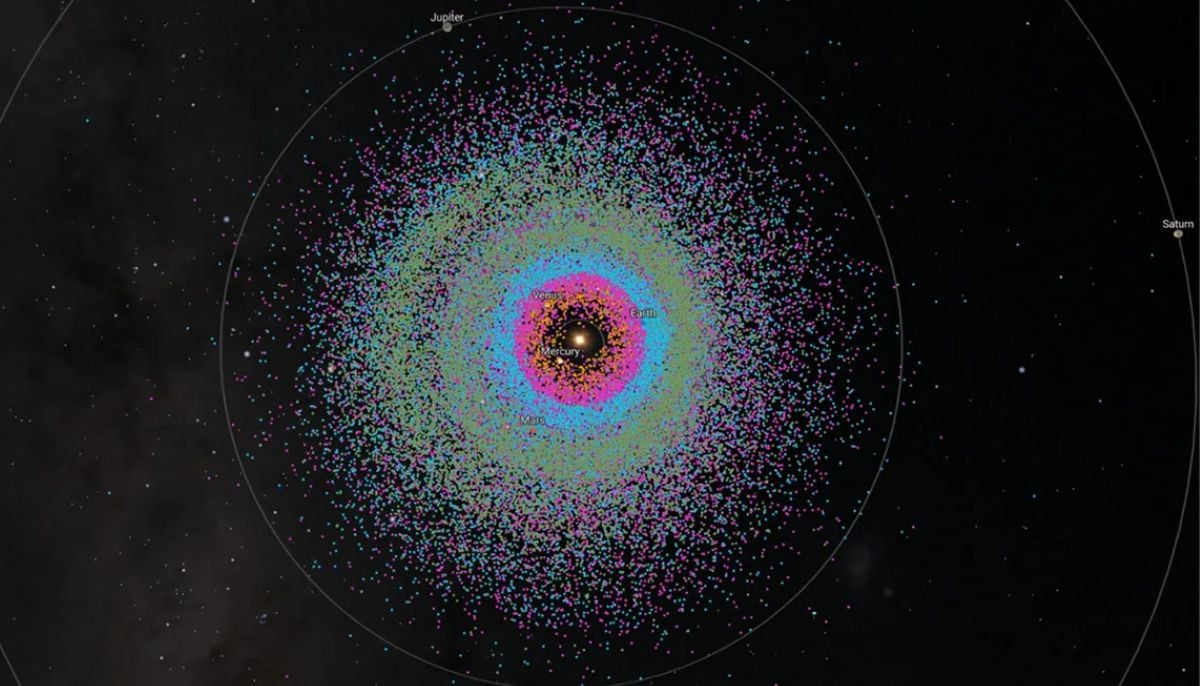JERUSALEM, Dec. 16 (Xinhua) — Some dinosaurs that lived 160 million years ago had feathers but could not fly, a study by Tel Aviv University released Tuesday suggests, showing that the evolution of flight was more complex than previously…
Category: 7. Science
-

Bifunctional biomaterials for postoperative management of osteosarcoma
Background
Osteosarcoma is the most prevalent primary malignant bone tumor in children and adolescents. The current standard treatment involves a combination of chemotherapy and radical surgical resection. This approach, however,…
Continue Reading
-

Physicists found a way to see heat in empty space
Scientists at Stockholm University and the Indian Institute of Science Education and Research (IISER) Mohali have outlined a realistic strategy to observe one of the most unusual ideas in modern physics: the Unruh effect. This effect predicts…
Continue Reading
-

Physicists found a way to see heat in empty space
Scientists at Stockholm University and the Indian Institute of Science Education and Research (IISER) Mohali have outlined a realistic strategy to observe one of the most unusual ideas in modern physics: the Unruh effect. This effect predicts…
Continue Reading
-

This rare earthquake did everything scientists hoped to see
The powerful earthquake that struck Myanmar on March 28, 2025, has given researchers an uncommon chance to observe how some of the planet’s most dangerous fault systems behave, including faults similar to California’s San Andreas. Earthquakes are…
Continue Reading
-

Discovery of 40,000 near-Earth asteroids could pose threat to Earth: Here’s how
A surprising discovery has been unveiled by astronomers as they…
Continue Reading
-
Menstruation Linked to Longer Football Injury Recovery – Medscape
- Menstruation Linked to Longer Football Injury Recovery Medscape
- Your period may make sport injuries more severe New Scientist
- FC Barcelona Study Finds Menstrual-Phase Injuries Heal More Slowly Technology Networks
- Injury burden is higher during…
Continue Reading
-

Materials Information | AZoM.com – Page not found
Terms
While we only use edited and approved content for Azthena
answers, it may on occasions provide incorrect responses.
Please confirm any data provided with the related suppliers or
…Continue Reading
-

In conversation with Ryan Richards
How can researchers best frame the impact of their work to make sure its significance is recognised? What skills do today’s scientists need to develop to thrive in the decade ahead?
RSC Applied Interfaces associate editor Ryan Richards…
Continue Reading
-

Astronomers Snap a Rare Photo of a Super-Jupiter with Two Suns
If you read enough articles about planets in binary star systems, you’ll realize almost all of them make some sort of reference to Tatooine, the fictional home of Luke Skywalker (and Darth Vader) in the Star War saga. Since that…
Continue Reading